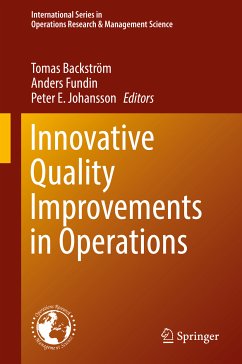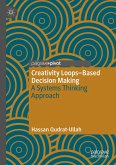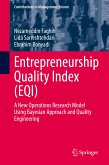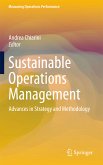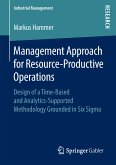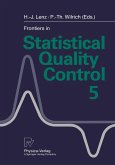As a theoretical frame of reference, a perspective on change where conflicting demands and conflicting activities, e.g., exploration and exploitation, are seen as intertwined and interdependent, is used throughout the book. The ideal from this perspective is to make use of such conflictingforces and to develop the change dynamics by keeping them in the same social system, not to structurally separate them in different departments or different initiatives.
The main purpose of the book is to address an increased need for quality improvement through innovation and disruptive change in production. Traditional theories and managerial models of production systems are developed with a focus on stability and improvement. There is a need for enhanced models to reach an ability to develop new future production systems. The goal of the book is to provide nuances and new perspectives giving more realistic models of the production system to be able to increase the change potentiality of the organization and thus the long-term competiveness. Learning and organizational perspectives are in focus as enablers to increase the understanding of a production system as such. Long-term competitiveness through adaptability and the potential for radical improvement is of importance throughout the book. The use of dualities and the concept of ambidextrous organizations as a frame of understanding is the innovative strength for this area.
Dieser Download kann aus rechtlichen Gründen nur mit Rechnungsadresse in A, B, BG, CY, CZ, D, DK, EW, E, FIN, F, GR, HR, H, IRL, I, LT, L, LR, M, NL, PL, P, R, S, SLO, SK ausgeliefert werden.

